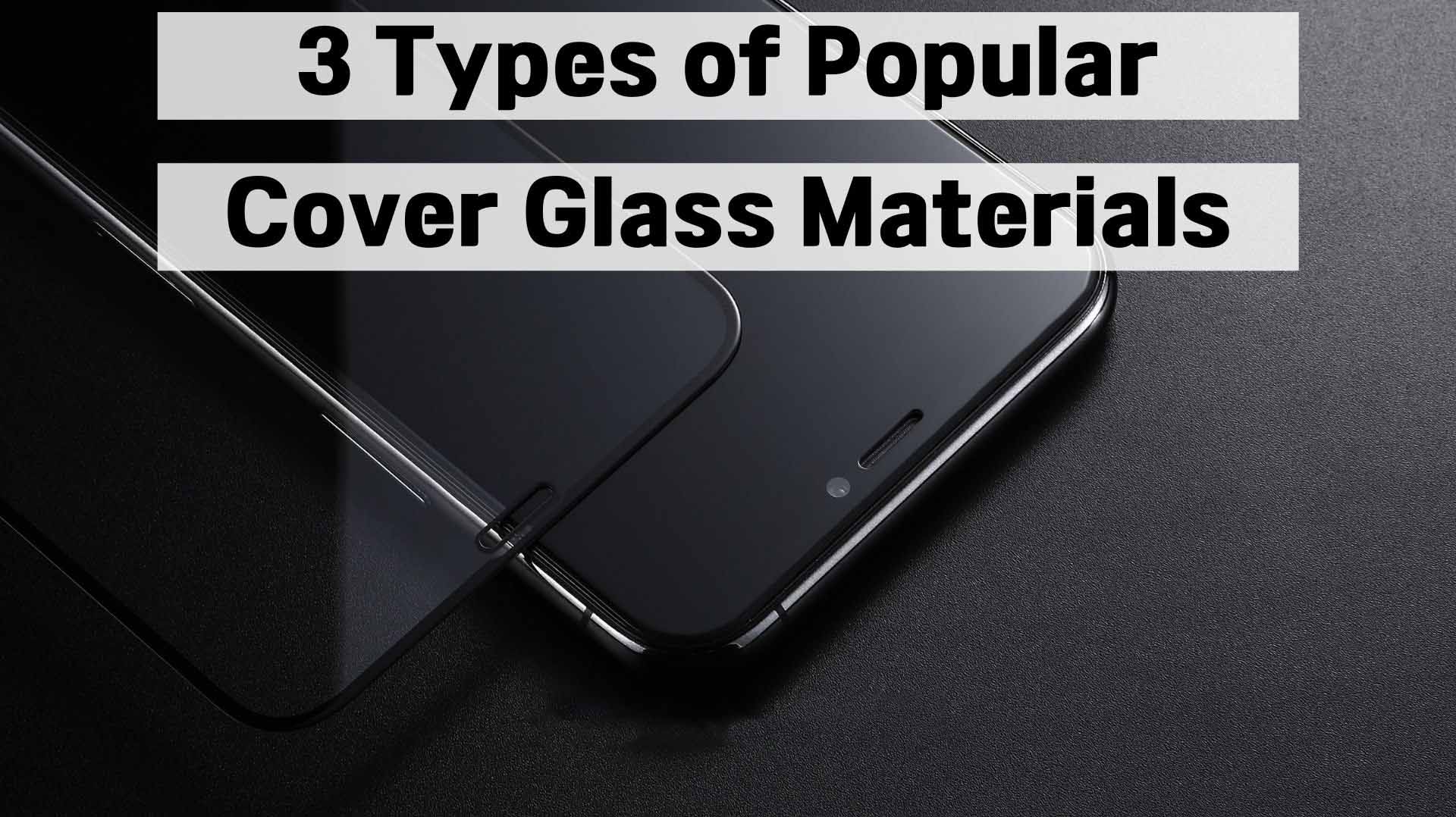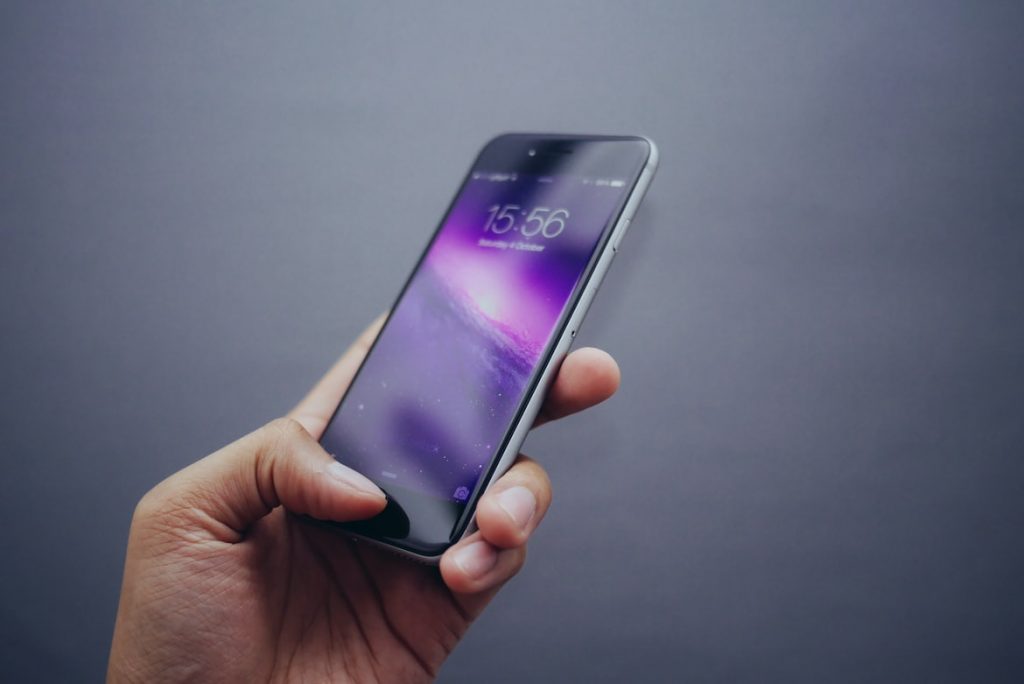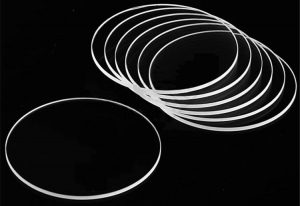- Alumina
- Boron Nitride
- Zirconia
- Other Ceramics
- Applications
- Contact

Glass cover materials are of different kinds, and their unique properties make them essential parts of modern devices. This article explains the different properties of glass materials, such as aluminum silicate, Soda-lime, and Low Iron Soda Lime glass, as well as their importance in the technology industry.
Mobile phones are essential devices that help in day-to-day activities in business, workplace, education, and entertainment purposes. These devices are kept safe with glass covers. In fact, part of the functional units of mobile devices is glasses.
Smartphones manufactured today all have screens made of glass. The screen has three different parts: a liquid crystal that generates the color, a set of wires that helps detect where you have touched on the screen, and a protective glass that phone manufacturers use to cover the screen.

Glass is a primary material used to manufacture most modern touch screen electronic devices, including computers, televisions, and portable devices. The glass used in phones is not like the traditional glass. The most popular glass used in phone manufacturing is Aluminosilicate glass, popularly known as Corning’s Gorilla glass. These kinds of glasses are very resistant to shattering and scratching.
Glass is an inorganic solid material, usually transparent or translucent, hard, brittle, and natural elements do not affect it easily. Glass is manufactured through several methods, but the most common method involves heating raw materials into a molten liquid and then rapidly cooling the liquid in such a way that the atoms of the liquid have a random and haphazard arrangement.
From the name, this is made up of an aluminum silicate compound. This glass has a characteristic resistance to high temperature and chemical exposure. Aluminosilicate is a mineral-based material that contains 57 – 60% silicon dioxide (SiO2) and 16 – 20% aluminum dioxide (Al2O3), and with a small amount of about 5 – 7% lime (CaO), 6 – 12% Magnesium Oxide (MgO), Boron trioxide (B2O3) and other kinds of cations.
Gorilla Glass is chemically strengthened aluminosilicate glass produced through ion exchange. The glass gets submerged in molten potassium salt at 400°C. Through this process, potassium displaces sodium atoms from the compound. This glass has high surface strength and is resistant to cracks and scratches.

Soda-lime glass is the most common kind of glass produced. Silicon oxide (silica) makes up 70% of the glass, while 15% of its component is soda (sodium oxide), and 9% lime (calcium oxide), and it has other compounds in trace amounts. The soda is a flux, and it lowers the melting temperature of silica while the lime acts as a stabilizer for the silica.
Melting different raw materials such as silica, soda, lime, Dolomite (which provides the magnesium oxide), aluminum oxide, and sodium chloride at a 1675°C produces soda-lime glass.
Low Iron Soda-Lime Glass can also be called water-white glass. It is a clear, transparent, soda-lime-based glass that is tint-free. This is because higher-quality silica sand free from iron oxides is the major raw material for its production. This glass has a higher transmission characteristic compared to the normal soda-lime glass.
Thank you for reading our article and we hope it can help you to have a better understanding of different cover glass materials. For more information about ceramic materials, please visit https://www.speciaLceramicparts.com/.